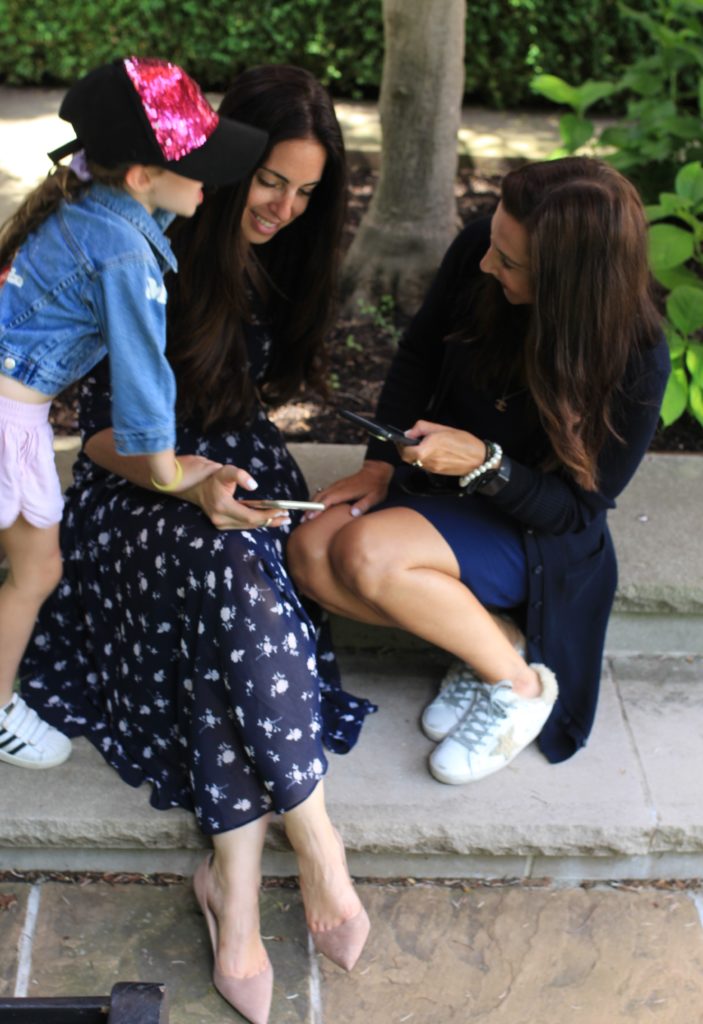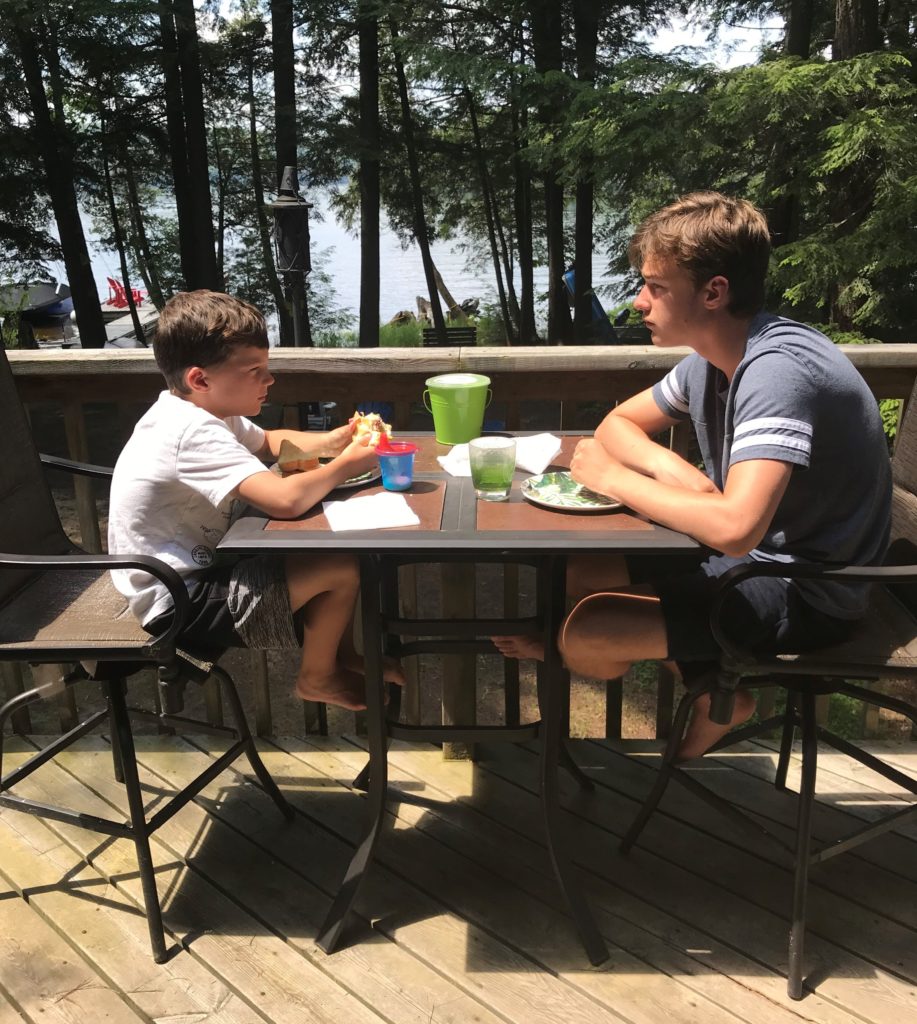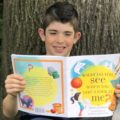Without fail, you take an important phone call or are having a face-to-face conversation with a friend, when your child who just a minute ago was quietly sitting minding their own business, suddenly decides that now he needs your attention. While you love to hear them speak, there are times kids should stop interrupting. Why is it that whenever you begin to interact with someone else, your child starts calling your name and interrupts?
Developmental stages
It is important to remember that it is appropriate for some children to interrupt. For toddlers, waiting is a skill that is still developing. A toddler is learning to regulate their impulses, so it is common for them to struggle with not interrupting. For some older children, they may not have the appropriate tools either. Kids may think that what they have to say is urgent, so they end up forgetting that other’s have needs that are just as important.

Unintended reinforcement
Hearing, “Mom, mom, MOM!” can be annoying to any parent. As a result (and wanting the interrupting to stop), you end up paying attention to them. BINGO! This is exactly what they wanted, and you have now just taught them that their interrupting behaviour works. As difficult as it may be, try not to pay attention to the interrupting behaviour. It is also equally important to avoid responding to interrupting behaviour with comments such as “Shhhh” or “Quiet”.
Family dynamics
Some kids learn early on that in order to be “heard” in their family, they need to be loud and exert themselves. They tend to be energetic, talkative and realize that being polite (e.g., waiting quietly and patiently to say “Excuse me”) just doesn’t work.
What do they want?
Children interrupt because they want something. A child may want to share information, get access to something they want or to be part of the conversation. When you can figure out what it is, you can try to prevent it from occurring.

Visual reminders
Gentle reminders alone may not work to curb your child’s interrupting behaviour. Some children can’t hold their thoughts for very long and may fear that you will forget about them. Use a combination of a verbal reminder and a visual learning tool. Whether it is a hand gesture/signal or perhaps a wait card, children will know that you have acknowledged them, and that they are important.
Be a part of the conversation
A dialogue between adults can seem very interesting to kids. For older children (and if appropriate to do so), you may consider inviting your child into the conversation. Acknowledge that you see and hear them, reinforce them for waiting, and then ask for their point of view.
Brainstorm together
Our children have lots of great ideas. Find a quiet time to discuss your concerns and possible ways to prevent them from interrupting. Younger kids may need you to help redirect their attention. Create a wait box filled of simple activities that they can do independently. Activities may include puzzles, colouring sheets, snacks, building blocks, etc. With jigsaw puzzles, in particular, you will find them in different game levels that correspond with age. For younger children between four and seven years, jigsaw puzzle pieces are larger for easy identification. Smaller-sized pieces will bore them quicker, and they are more likely to abandon the puzzle until you give them the needed attention. However, you may want to get older children some jigsaw puzzles with smaller pieces. That will engage them more as their cognitive processes are usually sharper. You can help them get a head start if you can. It is also a good idea to practice how to wait. Many children can benefit from role playing the skills they need to learn.
Teaching your child to stop interrupting will take a lot of practice, patience and role modelling. Tune into how you demonstrate waiting, listening and taking turns in a conversation.








Comments
Pingback: 25 Parenting Blogs That Are Must Follows in 2021 - The Savvy Couple